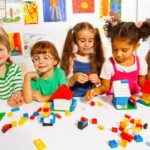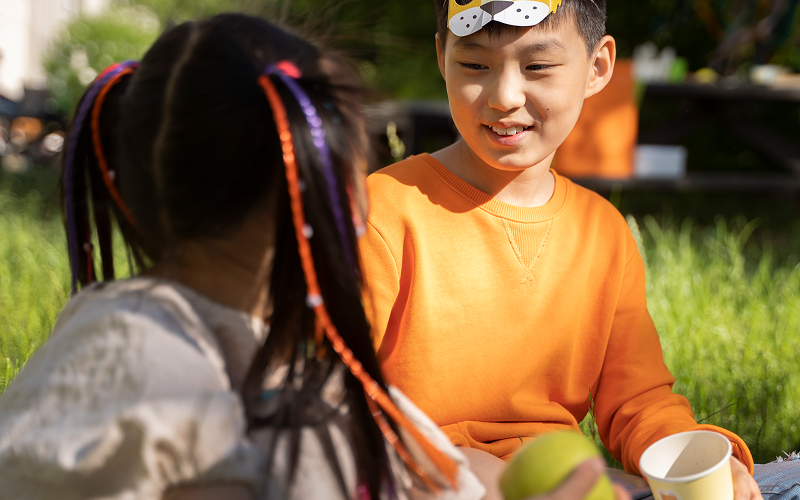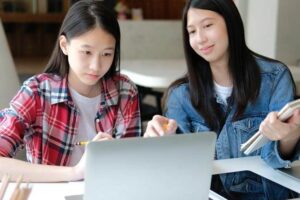Academic subjects like maths and science often take the spotlight, but there’s another skill set that deserves a seat at the table: social and emotional learning, or SEL. In classrooms shaped by an international curriculum framework, SEL is a key ingredient in helping children thrive in school and beyond. It teaches children how to manage their feelings, relate to others, and make thoughtful choices. These lessons stay with them long after the school day ends, shaping how they face challenges and build relationships throughout life.
What SEL Actually Covers
Social and emotional learning helps children understand themselves and others. It covers skills like recognising emotions, setting goals, making responsible decisions, and working well with peers. While it may sound abstract, it’s rooted in everyday classroom life.
When students share toys, listen to a friend’s story, or take turns during activities, they’re putting SEL into action. It’s about being human, not perfect. And schools that integrate SEL intentionally help children build habits that stick.
The Benefits Are Not Just Emotional
Strong SEL foundations can support better academic outcomes. A student who can manage frustration is more likely to stay focused. One who feels safe and supported is more open to trying new things. SEL also improves classroom behaviour, reduces anxiety, and strengthens friendships.
In top international schools in Singapore, SEL is often part of the school culture. You might see group discussions about feelings, conflict resolution circles, or simple daily routines that include check-ins. These aren’t dramatic changes. They’re small shifts that make a big difference.
SEL Fits Naturally into International Frameworks
Many IB schools in Singapore already weave SEL into their curriculum. The IB framework, for example, includes learner profiles like being caring, reflective, and principled. These values aren’t confined to assemblies or posters. They’re echoed in classroom rules, teaching methods, and assessment styles.
An international curriculum framework provides the flexibility to integrate SEL without pushing academic content aside. In fact, many of these frameworks encourage cross-disciplinary learning, allowing topics like empathy or collaboration to surface in both science and art.
Play Is a Powerful Teacher
For younger learners, SEL is often taught through play. Role-playing, puppet stories, and collaborative games help children practise expressing feelings and solving problems. These aren’t simply fun breaks from learning. They are valuable learning moments.
Reggio Emilia-inspired classrooms, in particular, make space for emotions in the learning process. Children are encouraged to reflect, express themselves through art or conversation, and revisit conflicts in a safe, guided environment.
Teachers as Role Models and Guides
SEL is most effective when modelled, not just taught. Teachers in top international schools in Singapore play a key role in showing what calm responses and respectful dialogue look like. Their tone, body language, and responses set the stage for how children behave.
Professional development often includes SEL strategies too. Educators learn how to de-escalate conflict, read non-verbal cues, and support children through emotional rough patches. These skills are subtle but essential.
The Parent Connection
SEL doesn’t stop at the classroom door. When schools include families in the conversation, the results are stronger. Some schools send home tips for handling big feelings or encourage children to share classroom experiences with their parents.
This partnership helps children feel like the adults in their lives are on the same team. It also makes the school experience feel more connected to home life, which adds another layer of support.
SEL Is Not a Trend
Social and emotional learning has gained more attention, but it’s not a new idea. It’s grounded in research and backed by global education standards. Long before it became a buzzword, teachers were already creating spaces where children felt safe, seen, and supported.
In an international school setting, where students often come from different cultural backgrounds and move frequently, SEL plays a stabilising role. It helps children navigate change, build relationships quickly, and feel grounded even when everything else is new.
A Curriculum with Heart and Head
A well-rounded education fills minds and shapes character at the same time. When SEL is part of the plan, children learn to be kind, clear, and confident communicators. They learn that it’s okay to feel nervous, excited, or upset, and how to handle those feelings in a healthy way.
Contact EtonHouse to explore how an international curriculum framework can support your child’s academic and emotional growth at one of the top international schools in Singapore.











